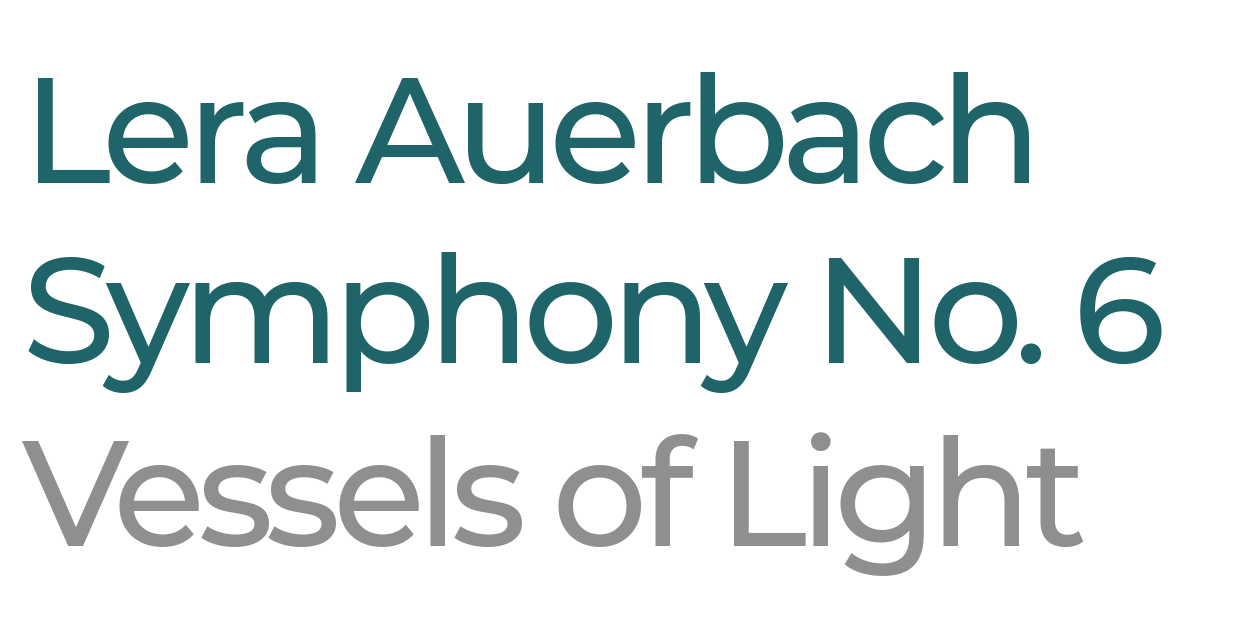Background about the Yiddish Language
From the Middle Ages until the end of the 18th century, Yiddish was the common tongue of most European Jews. Yiddish is a West Germanic language historically spoken by Ashkenazi Jews and originating during the 9th century in Central Europe. This provided the Ashkenazi community with a High German-based vernacular, which was fused with many elements taken from Hebrew and Aramaic and provided a writing system primarily using the Hebrew alphabet. At the beginning of the 19th century, Eastern Europe became the Yiddish-speaking world’s creative epicenter, which reached its peak in independent Poland and the USSR in the years between the two world wars. Despite a continuous process of anti-Jewish policies and the formation of a hostile atmosphere, this cultural hub was the site of multi-faceted cultural activity in Yiddish and extraordinary achievements.
Download Basic Facts about Yiddish published by YIVO Institute for Jewish Research.
Resources
Basic Facts about Yiddish – YIVO Institute for Jewish Research.
Celebrating Yiddish Poetry – Yiddish Book Center
